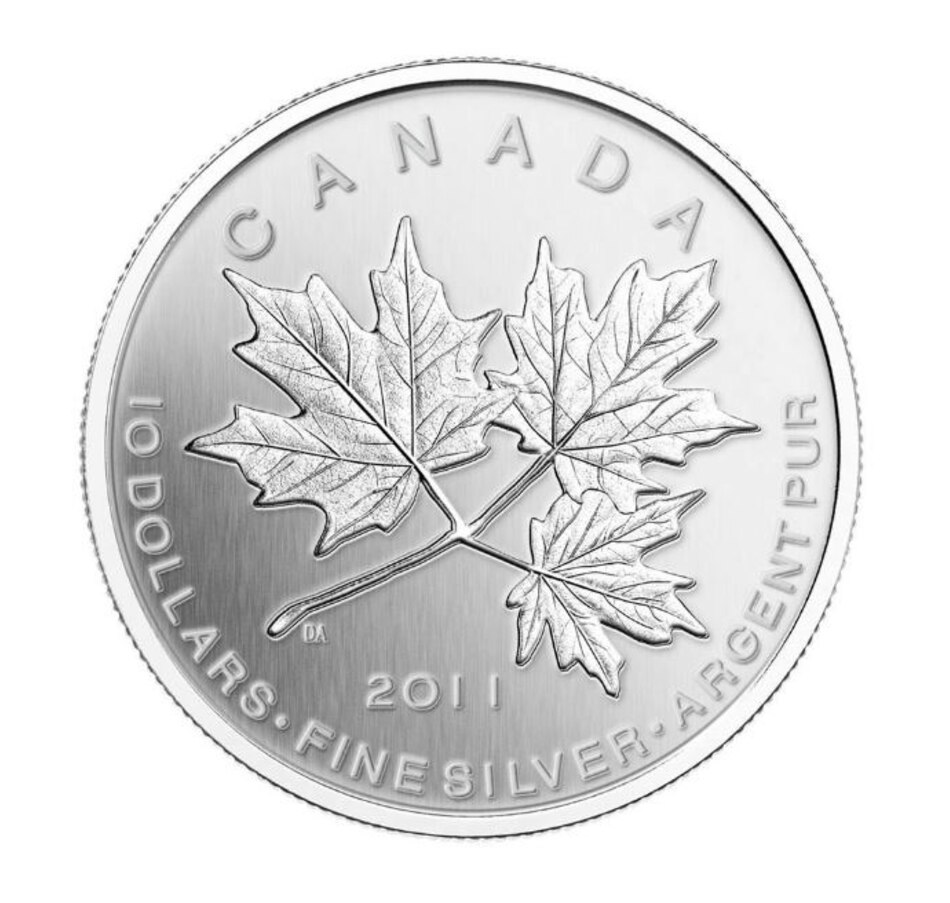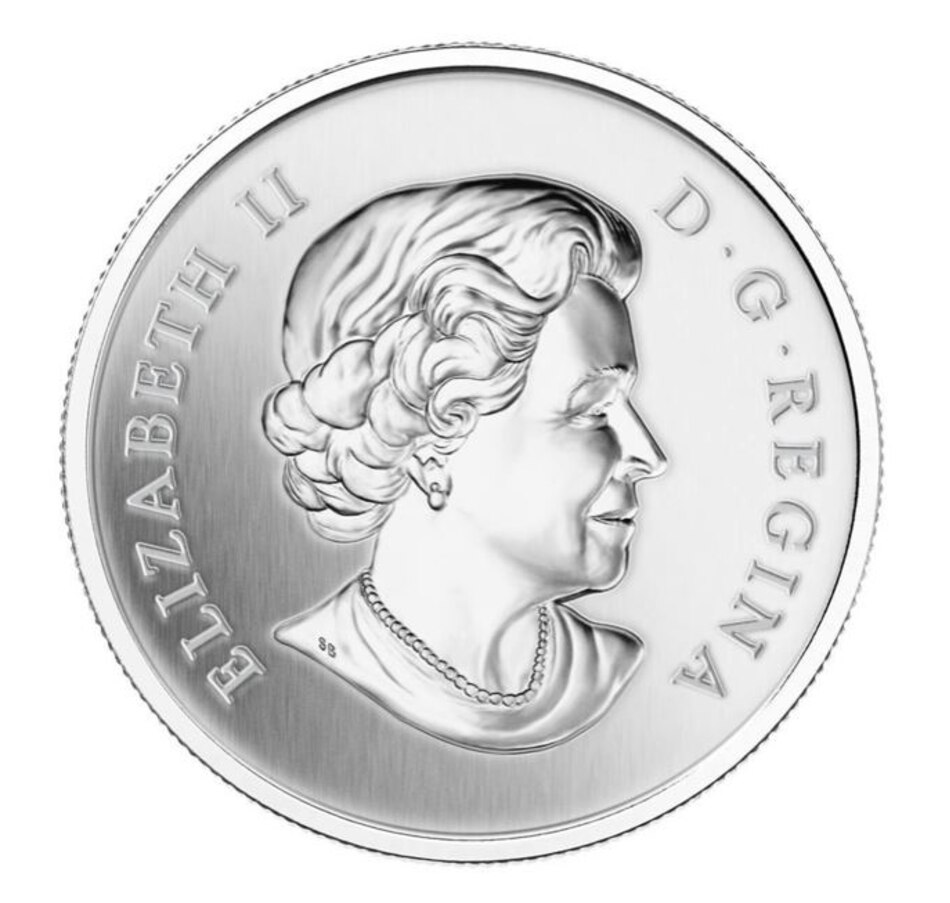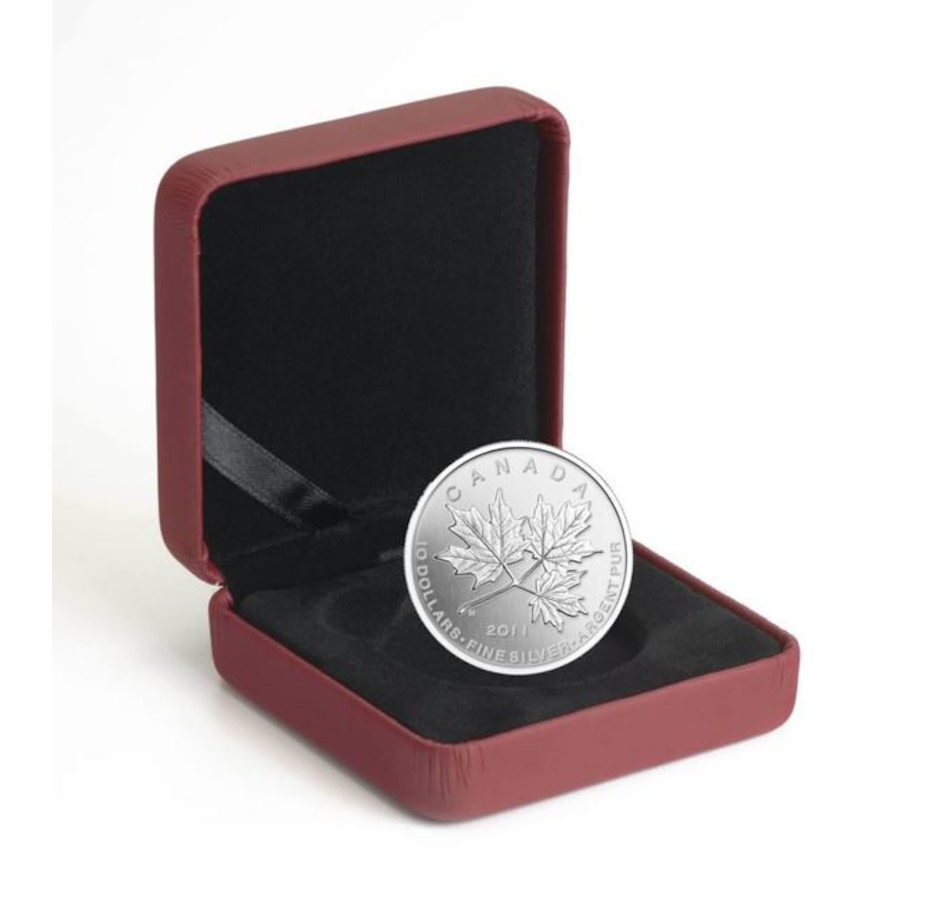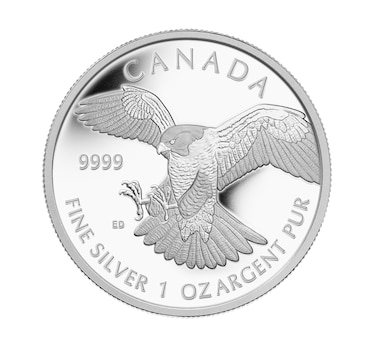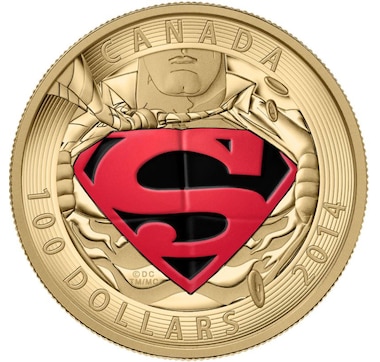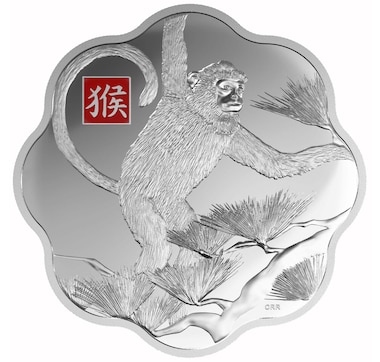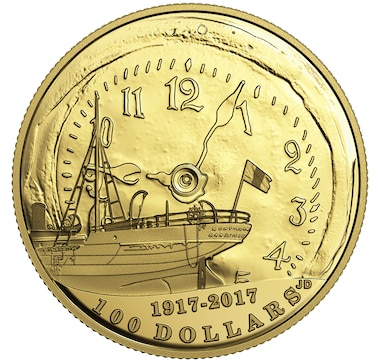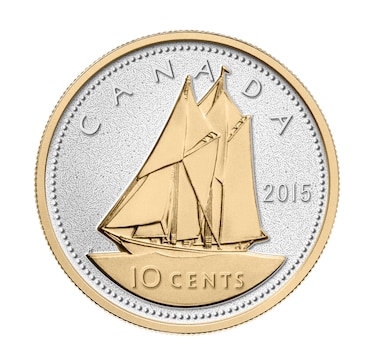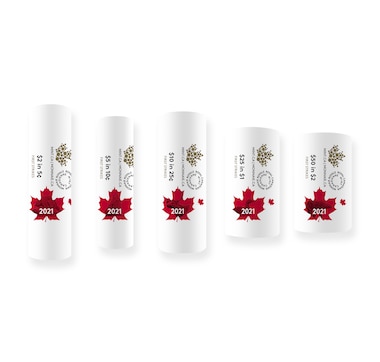2011 $10 Maple Leaf Forever Pure Silver Coin
This lyrical cipher has symbolized Canada and Canadians for nearly 300 years. Historians generally recognize the adoption of the maple leaf by Quebec's Société Saint-Jean-Baptiste in Montreal in 1836 as the first official use of the symbol to represent an element of Canadian culture.
The symbol was soon popularized in print and song, and in the small markers—such as lapel pins—with which Canadian residents of various origins honoured their homelands. The English had their roses, the Scots their thistle, the Irish their shamrocks and the French their fleur-de-lis, and native-born Canadians quickly chose the prosaic maple leaf.
The idea of including the maple leaf on Canada's national flag took root with Lester B. Pearson in World War I, when he noted that every Canadian battalion had included some form of the maple leaf in its insignia. Fifty years later, in 1965, under his leadership as prime minister, Canada's famous red-and-white maple leaf flag was born.
In addition to the maple leaf's presence on various provincial flags and coats of arms, the country's coinage has featured maple leaves, wreaths and boughs in various forms for most of Canada's history. In fact, the maple leaf was present on all Canadian coins from 1876 to 1901. Since that time, it has always appeared on Canadian pennies and numerous other Canadian numismatic coins.
Includes:
• 2011 $10 Maple Leaf Forever Pure Silver Coin




